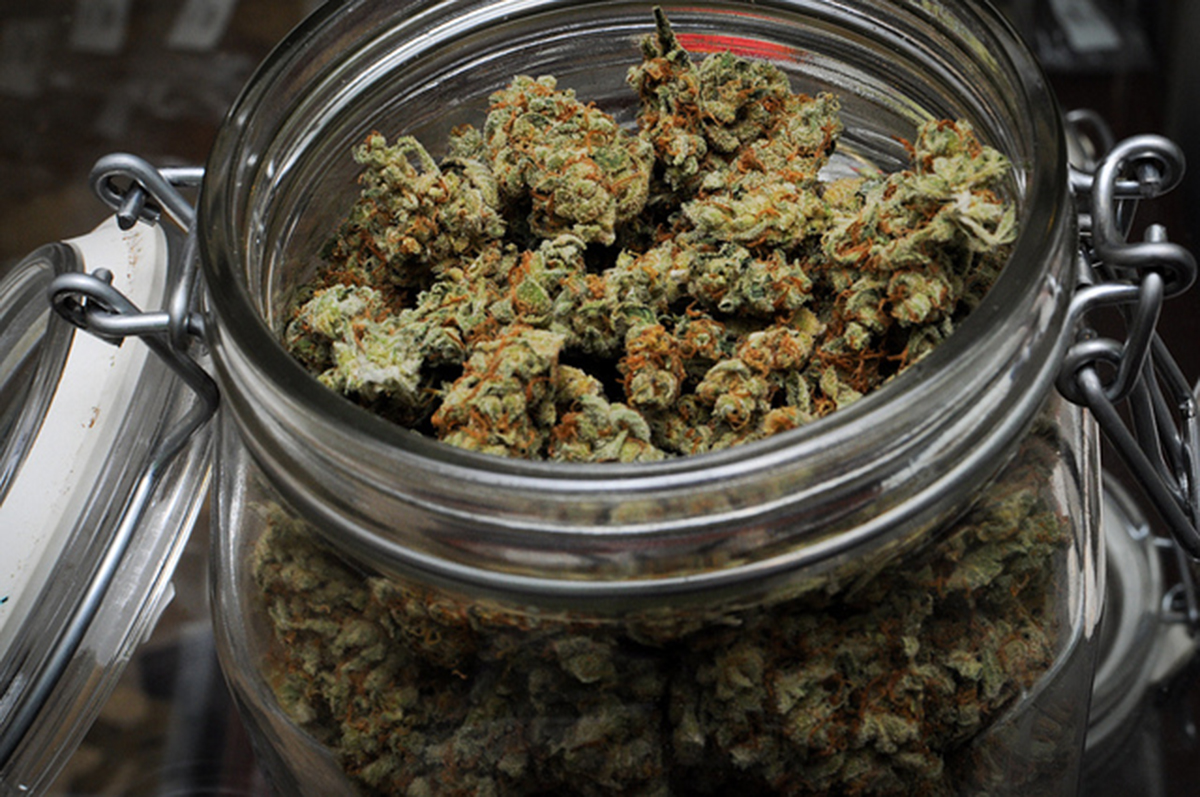There are many different types of epilepsy, and they range in severity from minor seizures once in a while to major seizures regularly. Some forms of epilepsy can also involve multiple seizures a day, which is not only hugely debilitating, but physically harmful as well. Epilepsy is generally treated with a regime of medicines, and it can take quite a bit of time and experimentation to find the right combination for the particular variation of epilepsy. For some people, medicines are just not enough to control the terrible affliction of multiple seizures.
What Is Medical Marijuana?
There have been multiple research studies performed on the use of medicinal marijuana for a number of medical issues, including cancer, fibromyalgia, other chronic pain disorders and now also epilepsy. The issue of using marijuana has created a lot of discussion and controversy in the community, and in governments. Medical health authorities have been questioned over the ethical use of what was previously considered a recreational drug.

What many people don’t understand is that there are two main components of marijuana:
- Cannabidiol (CBD)
- Tetrahydrocannabinol (THC)
Marijuana and Epilepsy
Research including clinical and laboratory studies have been undertaken for several years, to investigate the effect of medical marijuana on seizures. The research has been compounded due to the various governmental restrictions and regulations. Of the studies that have been completed, although there have been no definitive positive results, clinical trials have shown a great improvement in the frequency of seizures in children with refractory epilepsy.
A product called Epidiolex which is derived from CBD has been approved by the FDA for use by some epilepsy clinics. It is directed to be used as a compassionate treatment for only a small number of people at each clinic so that the results can be closely monitored. A study of the 213 people who were able to be given Epidiolex showed remarkable results. Of these, 137 were given the drug to take over a 12 week period, and the range of ages of recipients was from 2 – 26 years. Those selected had failed to achieve appropriate treatment levels with regular epilepsy medications.
READ Therapeutic Uses Of Medical Marijuana
Of the 137 participants, there was an average of 54% seizure reduction. The reduction of seizures lasted for more than 24 weeks, provided they continued to take the Epidiolex. For study participants who suffered from atonic seizures, there was an average decrease of 66.7% of seizures. Also of note, is that those who were also taking a drug called Clobazam for the treatment of their epilepsy showed an even greater reduction in seizures. It is believed that this is due to a favorable interaction between the 2 drugs.
The Effects Of Medicinal Marijuana
What About Side Effects?
Every drug you take, whether it is pharmaceutical or recreational, will have some level of side effects. With marijuana, it often depends on how it is taken, so for example, if it is smoked the side effects are related to the smoking action. Because medicinal marijuana is taken internally and not inhaled, the smoking-related side effects are not relevant. However, the most common side effects of Epidiolex were fatigue, sleepiness, decreased appetite and diarrhea. They were generally reported to be either mild or moderate effects, and they usually went away after a period of time.

So Should Medicinal Marijuana Be Given For Epilepsy?
For some people with epilepsy the drugs that are usually used to treat the condition just don’t work. It is estimated that about 30% if epileptics are not controlled on pharmaceutical medications, and in this situation, medicinal marijuana should be considered. There are a lot of restrictions, rules and regulations regarding availability and who should be given the marijuana, and it is only possible to gain access to it through a specialized treatment center. All conventional treatment options must be pursued first before consideration is given to using medicinal marijuana.
Medicinal marijuana is not available in most countries, and within parts of the United States, there are only certain states that allow its use. It is likely to stay this way until further research has been undertaken, using a much broader group of people with epilepsy and the different forms of the disease. Whether or not you should take medicinal marijuana is something that must be discussed with your regular medical provider.
READ The State (And States) Of Medical Marijuana In 2013
As mentioned before, all drugs even pharmaceutical ones carry a level of risk and side effects. The decision comes down to the condition of the individual, and whether the benefits of taking the drug outweigh the risk. For those with epilepsy, many would consider it worth trying, as living with this disease can be physically, mentally and emotionally debilitating. It can greatly hinder the sufferer’s ability to have a normal life.
Conclusion
Medicinal marijuana use for epilepsy is in the early stages, and whilst it may not be appropriate for everyone, it certainly seems to have a place in the treatment of epilepsy. The side effects are generally minimal in comparison to the effects of conventional treatments, and there is no risk of getting ‘high’ on it. I personally have a brother who has battled epilepsy for more than 30 years, and has been through many trials and tribulations regarding medication and management. Perhaps if medicinal marijuana was available when he was younger, he may have had a very different life.
- Infographic by SteadyHealth.com Photo courtesy of Dank Depot: www.flickr.com/photos/dankdepot/5501508922/
- Infographic by SteadyHealth.com
- Infographic by SteadyHealth.com


Your thoughts on this